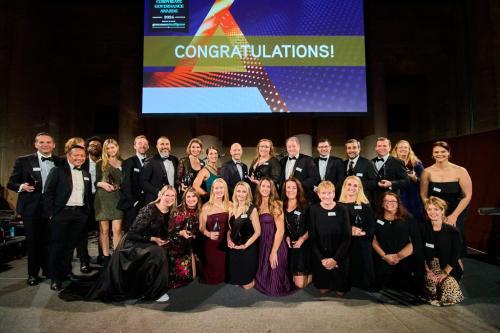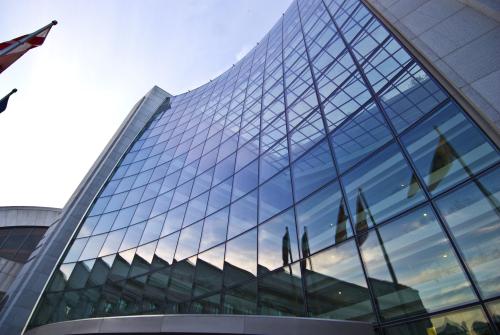Is your company managing its reputation properly?
A stellar reputation can make a company plenty of money and a suspect reputation can cause a company plenty of pain. Managing reputational risk has become an even greater challenge for companies because events that can damage a company’s reputation almost always take the organization by surprise.
‘Reputation risk today is at least as great as strategic, operating and financial risk, and if we don’t keep our ear to the ground and manage our reputations, we run the risk of very significant problems,’ says Keith Darcy, executive director of the Ethics and Compliance Officer Association.
The risk has increased in the current whistleblower environment, where employees are encouraged to publicize the wrongdoings of corporations. Treat your customers poorly and word of your lax service can sweep across social media websites like Twitter, YouTube and Facebook in no time. And of course there are issues with product defects and employee malfeasance that can appear at any time.
‘All it takes is a rumor, a hint of an impropriety and an article on the front page of a newspaper, and I can assure you that investors are going to flee,’ says Darcy. ‘There is a flight to integrity in the markets today, and companies need to pay attention to that.’
Darcy estimates that Goldman Sachs has lost roughly $65 billion in stock value over time as a series of negative news events, including an employee blasting the company’s corporate culture, has begun to chip away at the company’s reputation for banking excellence. Toyota lost roughly $20 billion in stock value in 2010 as it recalled millions of vehicles due to reports of failing brakes.
The good news is that problems associated with reputational risk can be fixed. Darcy advises members in his organization to focus on strengthening corporate culture. If a company emphasizes integrity and excellence and then rewards employees for delivering and living up to those values, it can help minimize reputational risk as employees will be more likely to carry those principles into their interactions with customers and vendors. If a company projects an environment emphasizing trust and integrity, employees will adapt accordingly – show them that cutting corners is acceptable, and employees will adapt to that too.
‘Everybody sees what’s recognized and rewarded in organizational life,’ says Darcy. ‘It begins with tone at the top, but it also extends to the mood in the middle and the buzz at the bottom. If you are really going to build a strong culture of integrity, it’s got to be throughout the organization and quite frankly, that’s the strongest defense any organization can have – managing its reputation by aligning its culture with a grand promise of how every stakeholder in the organization is going to be treated.’
In addition to establishing a tone of integrity and excellence, Darcy says corporations need to conduct regular assessments of their corporate culture. Companies should reinforce employee behaviors they believe are positive, he explains, and work to eliminate those behaviors they don’t like. But he warns that getting rid of bad behavior is not easy. It takes time, it takes persistence, and it may even take a major reconstruction of your corporate culture.
‘Corporate culture is the single biggest determinant of behavior in every organization,’ Darcy concludes – and that means your corporate culture may be your best weapon to help minimize reputational risk.








